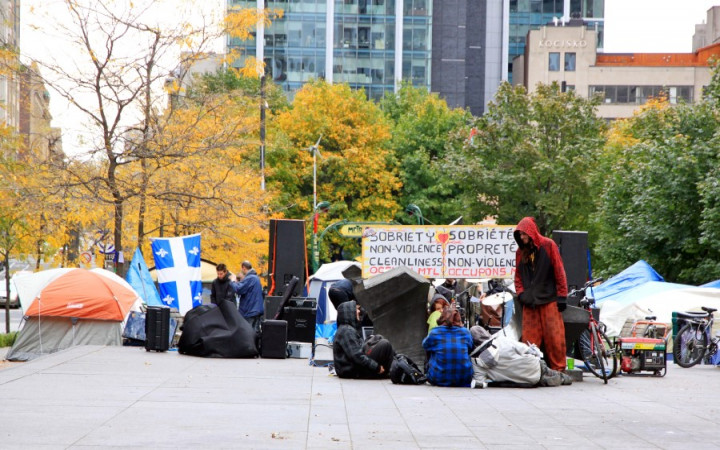Today’s Wonder of the Day was inspired by Kyra. Kyra Wonders, “Were their times when the sit-ins and boycotts were not succesful and why?” Thanks for WONDERing with us, Kyra!
When was the last time you sat in a public place? Were you in a park? Maybe a restaurant or a movie theater? Perhaps it was a coffee or ice cream shop. Did anyone come over and ask you to leave? We sure hope not! Odds are, you were probably allowed to sit there without issue.
For many people, things weren’t always that way. During segregation, public places discriminated against people of color. Often, Black Americans weren’t allowed in the same restaurants, cafes, or theaters as White people. And if they were, they often had to use a different door. They were also made to sit in separate sections. During the Civil Rights Movement, many people protested against this practice. One way they did so was through sit-ins.
What is a sit-in? It’s when protesters seat themselves in a strategic location to protest. It could be on a street, inside a restaurant, or in front of a government building. They stay seated until their demands are met. Often, they are taken away or arrested instead.
Sit-ins are one of the most successful forms of nonviolent protest. They stop the normal flow of business. That helps sit-ins draw attention to the protesters’ cause. If they are arrested, this has the further effect of creating sympathy for protesters.
During the Civil Rights Movement, sit-ins often took place in segregated areas. Black Americans sitting in “White only” areas helped change racist practices. Sit-ins played a part in pushing for the Civil Rights Act of 1964. The history of sit-ins dates back farther than the 1960s, though.
Experts note that sit-ins took place as early as the late-1930s. For example, a Black attorney named Samuel Wilbert Tucker led a sit-in in 1939. It took place at a segregated library in Alexandria, Virginia.
One of the most famous sit-ins was on February 1, 1960. It was at the Woolworth’s lunch counter in Greensboro, North Carolina. Everyone was free to shop at the Woolworth’s department store, but the lunch counter was for “Whites only.”
On that day, four Black college students took seats at the Woolworth’s lunch counter. They asked for coffee and were refused service. Instead of leaving, they sat patiently and waited. They continued to sit quietly despite threats from customers and other people in the store.
Eventually, their peaceful protest drew the attention of many people in the area. They stayed until the store closed for the day. They showed up again the next day, and even more people joined their cause. They continued their sit-in for multiple days.
The Greensboro sit-in spurred a wave of similar sit-ins in other cities across the South. The largest of the sit-ins to follow occurred in Nashville, Tennessee. The Greensboro sit-in caught the eyes of the entire nation.
Can you imagine what it would be like to take part in a sit-in? It takes a lot of courage to continue sitting despite angry threats. Without brave people taking part in sit-ins, change may have come at an even slower pace.
Standards: C3.D2.Civ.12, C3.D2.Civ.14, C3.D2.His.2, CCRA.L.3, CCRA.L.6, CCRA.R.1, CCRA.R.2, CCRA.R.4, CCRA.R.10, CCRA.SL.1, CCRA.SL.2, CCRA.W.2, CCRA.W.4, CCRA.L.1, CCRA.L.2




